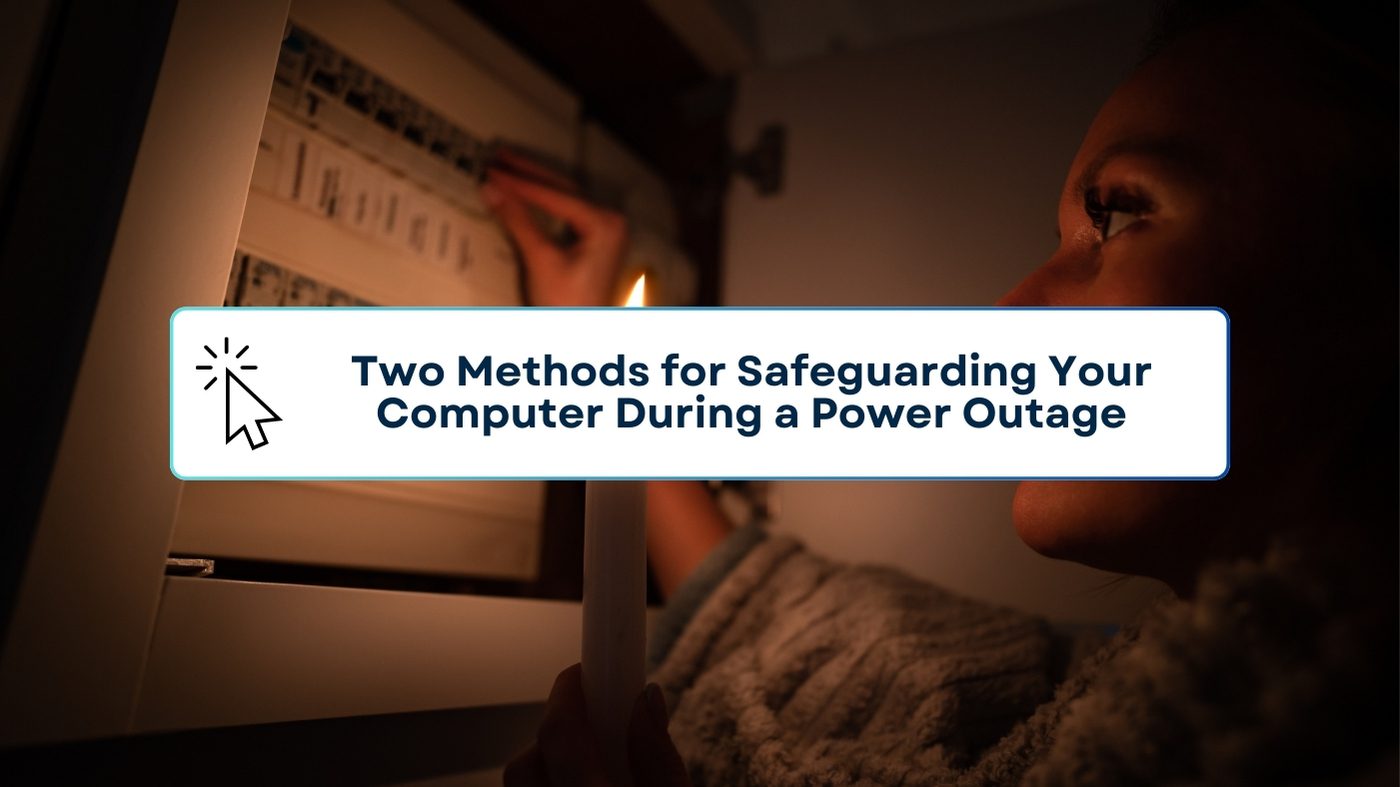During lightning storms, desktop computers can be vulnerable to damage. Due to its constant connection to the socket and lack of battery, the device does not offer the same range of options as a smartphone or laptop. However, there are steps you can take to minimize the chances of harming your computer or losing any work you’ve done:
Why it’s important to power down your computer during a storm.
If you’re aware of an impending storm and don’t have the opportunity to purchase protective tools, the most prudent course of action would be to power down your computer and disconnect it entirely. Although it may not be an enjoyable prospect, this ensures that lightning is unable to access your computer via your home’s wiring. It also provides ample time to close programs and save files, ensuring you are not caught off guard.
Consider setting up a small window of protection by using a surge protector and a UPS.
If you’re not keen on completely disconnecting your computer, the top priority is safeguarding it against power surges. A surge protector cannot provide continuous power to your computer during a blackout. However, it can effectively stop any harm that power surges might do to the device. Choose a reputable option that has received favorable reviews and has been UL (Underwriter Laboratories) certified.
However, a surge protector only prevents the most catastrophic outcomes. Pair it with a UPS, or an uninterruptible power source, to prevent the unfortunate outcome of losing all your hard work. It’s natural for people to hope that a storm will bypass them, and it can be tempting to continue working on your current project despite the storm. A UPS provides you with additional time to save your work in the event of a power outage. Additionally, you have the choice to save them, transfer them to a flash drive, and continue working on a battery-powered tablet.
Visit TN Computer Medics’ blog for valuable tips on safeguarding your desktop and other electronic devices, regardless of the circumstances.

